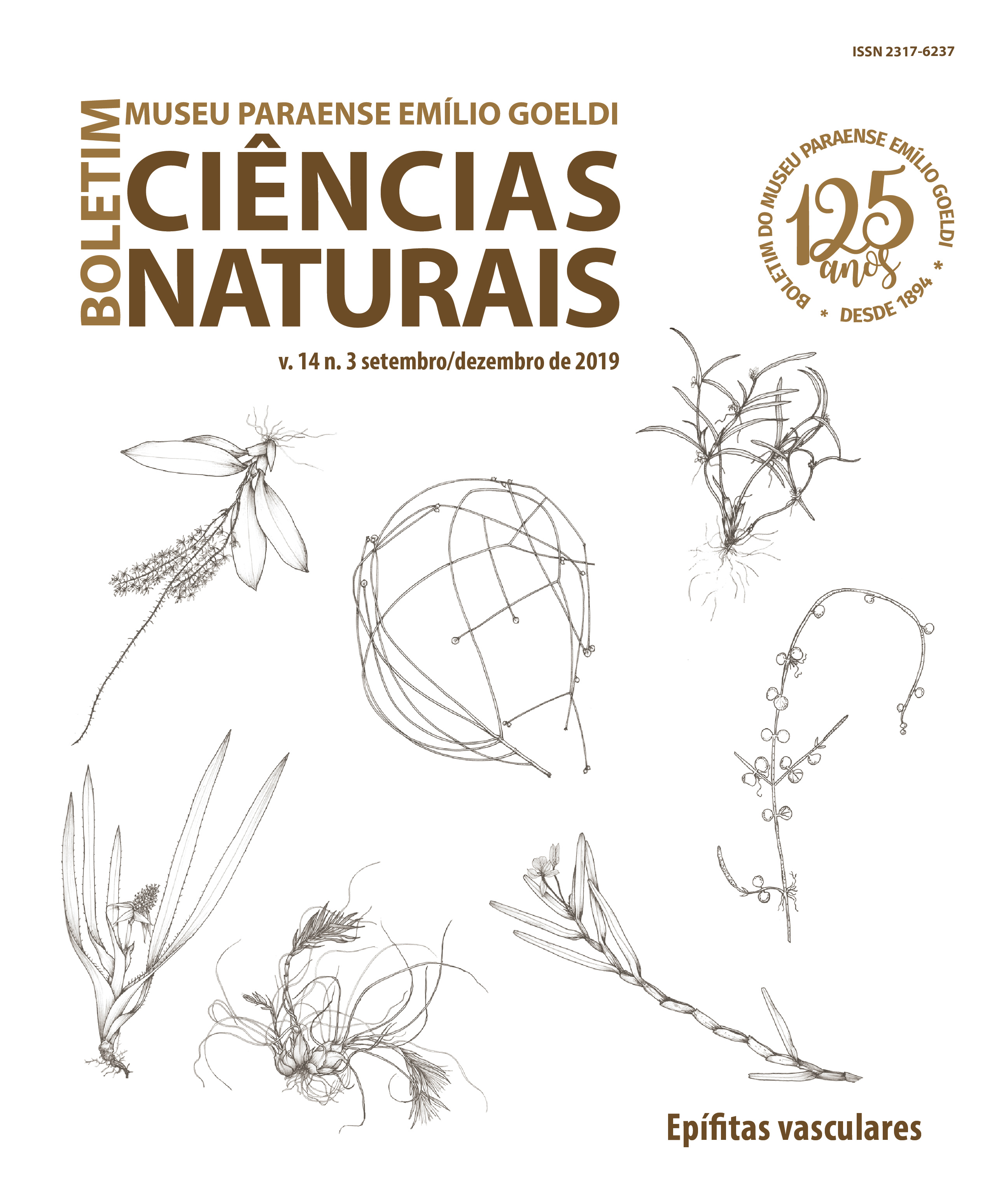City parks as refuges for bryophytes: the case of Ibirapuera Park, in São Paulo, Brazil
DOI:
https://doi.org/10.46357/bcnaturais.v14i3.221Keywords:
Hornworts, Anthropic area, Liverworts, Mosses, Urban vegetationAbstract
The bryoflora is becoming impoverished in many countries, but they are an important group of plants for the sustainability of society. The present paper studies the bryophytes from Ibirapuera Park, which has heterogeneous forested areas, among others where buildings predominate, beside stream and lakes, in São Paulo city. The material totals 688 exsicatas deposited in the Herbarium Maria Eneyda Pacheco Kauffmann Fidalgo of the Botany Institute, in the state capital, besides duplicates in the Herbarium of the Municipality of São Paulo. Ibirapuera Park has 63 species of bryophytes. Many species are restricted to certain areas of the park, where several of them occur in unique locations. The greater richness of the bryoflora in areas with heterogeneous forests, rather than in areas where the buildings predominate, proves the forests serve as refuge for several bryophyte species in Ibirapuera Park. These results demonstrate the importance that afforestation has for the conservation of the park’s bryoflora, which is now known and can contribute to monitoring the environmental quality of the site. The bryophyte flora stands out for having one variety and one species that are endemic to Brazil, two endangered species, one of them being cited for the first time for the country.
Downloads
Published
Issue
Section
License
Publication means fully assigning and transferring all copyrights of the manuscript to the journal. The Liability Statement and
Assignment of Copyrights will be enclosed with the notice of acceptance. All the authors must sign the document and return it to the journal.






